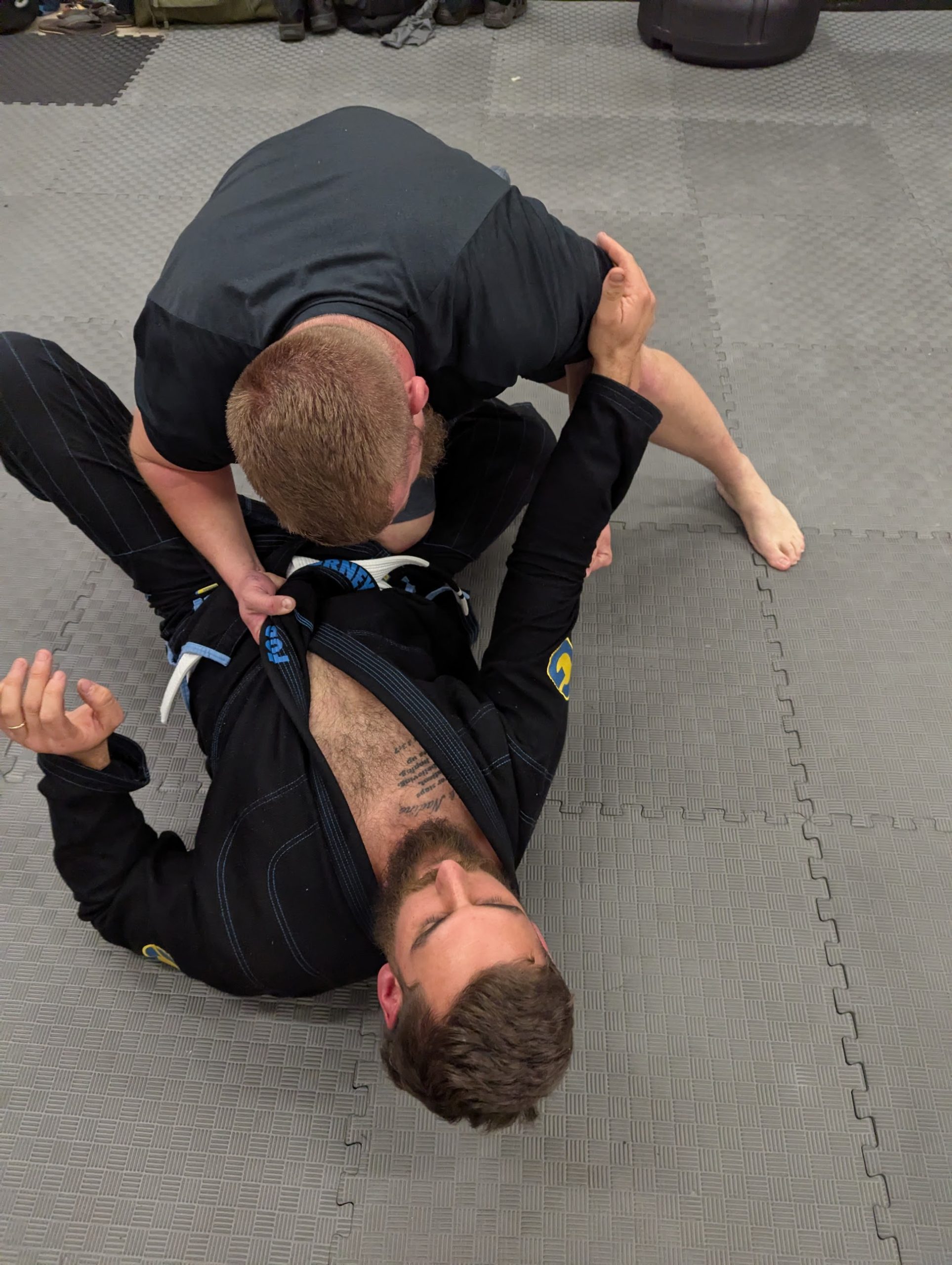Starting Brazilian Jiu-Jitsu (BJJ) can be both exciting and intimidating. As a martial art that focuses on ground fighting and grappling, BJJ offers unique challenges and rewards that have attracted practitioners worldwide. This comprehensive guide will walk you through everything you need to know before stepping onto the mats for the first time.
Essential Gear for Your First BJJ Class
Before attending your first class, you’ll need to invest in some basic equipment:
The Gi (Uniform)
A BJJ gi consists of three parts: a jacket, pants, and a belt. While some schools provide loaner gis for beginners, it’s recommended to purchase your own. Look for a lightweight, well-fitted gi made from pearl weave or single weave material. Most academies prefer white gis for beginners, but check with your instructor first.
No-Gi Essentials
Many schools offer both gi and no-gi classes. For no-gi training, you’ll need:
- Rash guard or tight-fitting athletic shirt
- Grappling shorts or spats (compression pants)
- Athletic cup (optional, check academy rules)
Additional Items
- Mouthguard
- Water bottle
- Small towel
- Flip-flops or slides (for walking to and from the mats)
- Athletic tape (optional)
BJJ Academy Etiquette
Understanding proper etiquette is crucial for integrating smoothly into the BJJ community:
General Mat Rules
- Always bow when entering and leaving the mats
- Remove shoes before stepping on the mats
- Maintain good hygiene: shower before class, keep nails trimmed
- Remove jewelry and watches
- Address the instructor as “Professor” or by their preferred title
During Training
- Arrive 10-15 minutes early to change and warm up
- Pay attention during technique demonstrations
- Thank your training partners before and after rolling
- Tap early and often – there’s no shame in submitting
- Ask questions between rounds, not during instruction
What to Expect in Your First Class
Class Structure
A typical BJJ class follows this format:
- Warm-up exercises (15-20 minutes)
- Technique demonstration and practice (30-40 minutes)
- Live rolling or specific training (15-20 minutes)
- Cool down and closing remarks
Physical Demands
Your first few classes will be physically demanding. You’ll use muscle groups you didn’t know existed, and it’s normal to feel:
- Out of breath during warm-ups
- Confused by new movements
- Overwhelmed by the complexity of techniques
- Sore the next day
Mental Challenges
BJJ is as mentally challenging as it is physical. Common mental hurdles include:
- Feeling awkward with close physical contact
- Fear of injury or submission
- Information overload
- Frustration with learning curve
Tips for Success
Starting Out Right
- Focus on defensive positions first
- Learn to fall and break-fall safely
- Start slow and prioritize technique over speed
- Ask questions when you don’t understand
- Keep a training journal
Common Beginner Mistakes to Avoid
- Using strength over technique
- Holding your breath during rolls
- Refusing to tap when caught in submissions
- Training too frequently too soon
- Comparing yourself to others
Setting Realistic Expectations
- Progress takes time
- Everyone starts as a beginner
- Focus on small improvements
- Celebrate small victories
- Build a consistent training schedule
Health and Safety Considerations
Injury Prevention
- Always warm up properly
- Communicate with training partners about injuries
- Learn to recognize when to tap
- Don’t train through serious pain
- Stay hydrated
Hygiene Requirements
- Shower before and after training
- Keep gi and training gear clean
- Treat any skin conditions promptly
- Keep nails short and clean
- Cover any cuts or scrapes
Building Your BJJ Community
Integration Tips
- Introduce yourself to classmates
- Participate in academy events
- Join study groups
- Follow academy social media
- Respect senior students
Finding Training Partners
- Train with various skill levels
- Be a good training partner
- Communicate clearly about intensity
- Show appreciation
- Help newer students when possible
Conclusion
Starting BJJ is a journey that will challenge you physically and mentally while providing opportunities for personal growth and community connection. Remember that everyone, including black belts, started exactly where you are. Stay consistent, stay humble, and enjoy the process of learning this fascinating martial art.
Remember to check with your chosen academy about specific rules and requirements, as they may vary between schools. Most importantly, approach your training with an open mind and a willingness to learn – your BJJ journey is about to begin!





